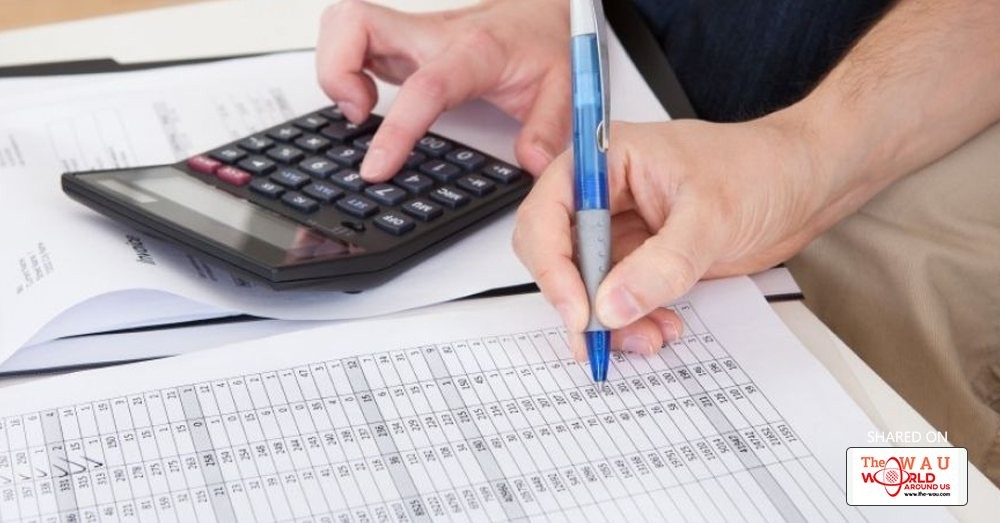You'd never set out on a cross-country road trip without consulting a map. Likewise, you can't expect to reach your financial goals without developing a plan for spending and saving.
Budgets play a critical role in helping consumers pay off debt, build their nest egg and make the most of their hard-earned dollars.
Yet, despite their best intentions, many Americans lack the money-management skills necessary to get their bank accounts under control. Why? Often, it's because they don't know where they stand, says Jim Tehan, a spokesman for Myvesta Foundation, a self-help consumer education website.
"People write out budgets all the time without knowing where their money is really going," he says. "What they've created is a wish list of how they'd like to spend their money, but it's not realistic. It's a page of lies."
Follow the money: Track your spending
The first step to developing a budget, says Tehan, is to track your expenses for at least a month, using a smartphone app computer program, or old-fashioned pen and paper. Be sure to record every purchase, no matter how small.
"Once you know where your money is going, you can make an educated decision about how best to allocate your money," he says.
Many novice budgeters make the mistake of becoming too financially conservative, at least on paper.
"The No. 1 rule of setting budgets is to not cut all the fun out of your life. Inevitably, Spartan budgets that have no allowance for entertainment are doomed to fail."
Instead, learn to moderate. "If you're eating out every night, and that's something you enjoy doing, try eating out once a week instead," says Tehan. "It's not about cutting out everything that gives you joy in life. It's about better allocating your money."
Make savings contributions automatically
Though every budget scenario is different, Curt Weil, a CFP professional and president of the FPA of California, says a good rule of thumb is to allocate at least 10% of your earnings toward savings, using direct deposit to pay yourself first.
Tehan agrees. "If you put that money aside before you even see it, you won't miss it. Direct deposit helps to put your savings on autopilot."
Short-term savings that you may need to access can be held in an interest-bearing savings account, 6-month certificate of deposit or money market fund. Long-term savings, meanwhile, should be directed toward a tax-friendly retirement savings tool, such as an IRA or 401(k).
The ultimate goal is to maximize your 401(k). The maximum is $18,000 for 2015, plus $6,000 for the catch-up contribution for workers age 50 and over. The limits are the same for 2016.
Define spending and priorities
Another 35% of your earnings, he says, should be earmarked for housing and utilities. Weil says, however, that homeowners can often increase that percentage since principal payments are already a form of forced savings, and the mortgage interest they pay is tax-deductible.
If you're saving for something specific, such as a new car or your child's college education, you may want to set aside another 10% of your earnings into an interest-bearing account or a tax-favored 529 college savings plan.
Everything else -- the remaining 45% -- is discretionary, for use on food, entertainment, clothing and vacations.
That's where priorities come in. You can't have everything you want, says Martin Siesta, a CFP professional and founder of Compass Wealth Management in Maplewood, New Jersey, but you can direct your dollars toward things you want the most.
"If consumers start by deciding what's most important to them, then cutting back on some of the things that aren't that important isn't really a sacrifice," he says.
Pay with cash
Once you've determined how much to set aside for saving, spending and investing, it's time to make those numbers stick. Using credit cards and debit cards makes it all too easy to overspend.
With the exception of your mortgage and car loan, most consumers should implement a strict policy of paying with cash for groceries, clothes, vacations and nonessential items.
Siesta also recommends relying less on ATMs, especially those that charge a fee. Withdrawing a fixed amount of discretionary money at the beginning of the month, he says, forces you to make better spending choices.
"By spending cash out of an envelope, you begin to get a better feeling for where your money is going and what your priorities really are."
...[ Continue to next page ]
Share This Post















